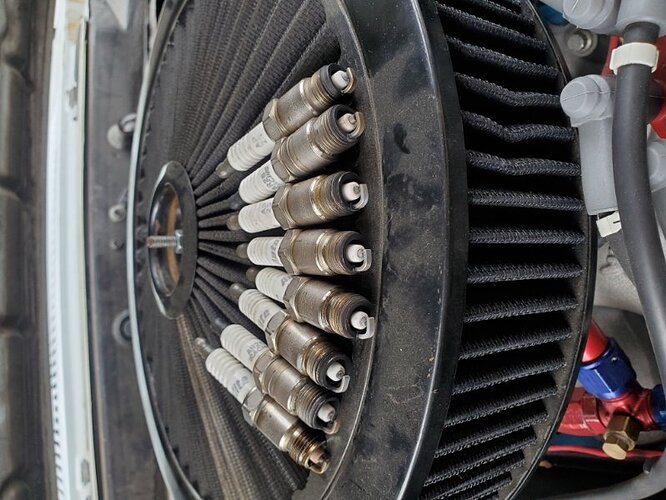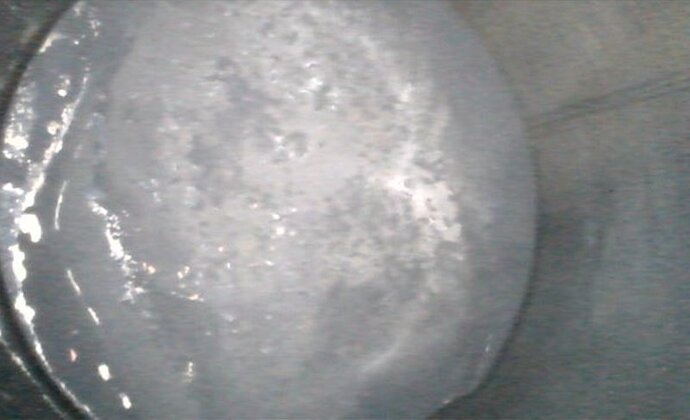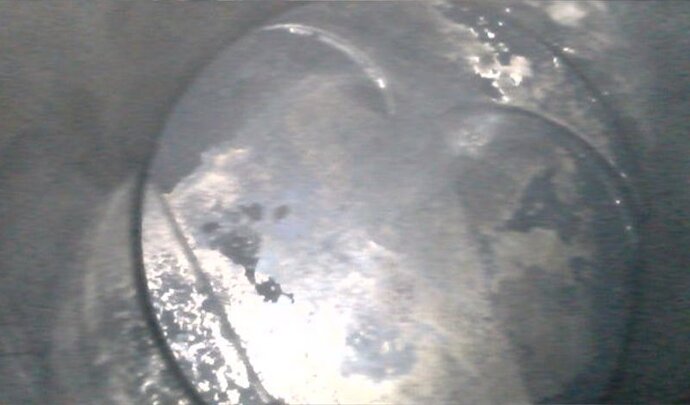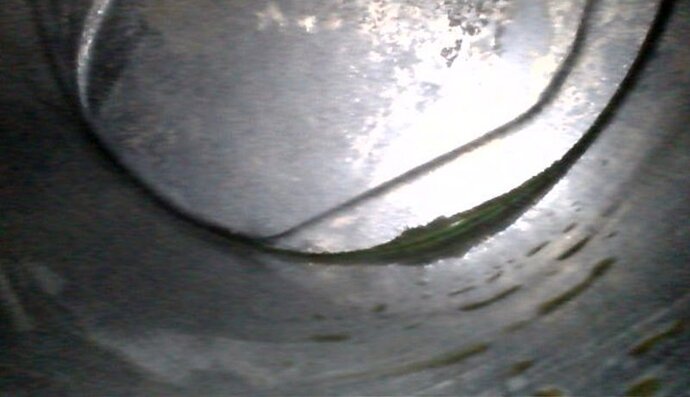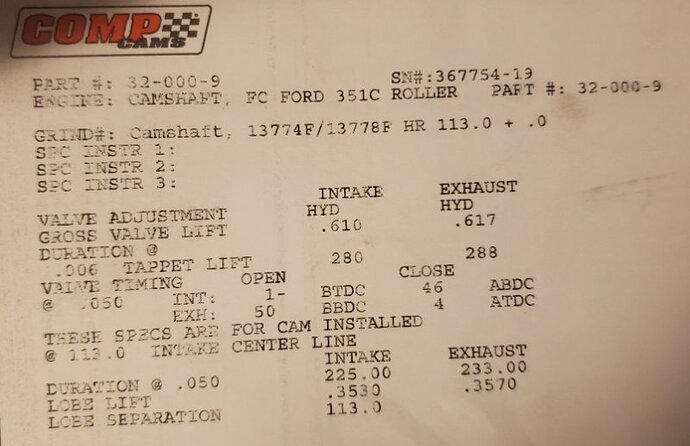Hey all, I’ve once again found the time to jump down the rabbit hole of getting this thing running the best it can.
Since my last attempt, not sure if I mentioned it before but I found that my AOD TV Cable was adjusted pretty far off, and now that it’s correct my issues are a lot better, still not 100% however. I also looked over my spark plugs and now my #4 and #7 are not all sooty and fouled as they were before. I’ll link my previous thread for reading and the history of the issues.
I took out the plugs today to read them, and I noticed that my #1 plug was wet, not terribly but a bit, so I got out my borescope and took a picture, and even though I hadn’t driven the car for a day or two, it looks like a small amount got past the rings. I’ve never had any blue smoke or oil issues before so I’m unsure of the severity of it, perhaps just a fluke but I’m unsure. All the other plugs, the porcelain was all white on top, ground strap had a black line slightly above where it’s welded on, and the whole top “ring” was black. I looked down the porcelain further with a light and I could see that #3, #4, #7, and #8 had the darker grey/black, coating higher up on the porcelain than the other 4, so I figured the secondaries were a bit rich.
I swapped out my main jets, now I’ve got 66’s in the front, and 68’s in the back, all the idle adjustment screws out 1 full turn. The worse issues are when it’s not fully warmed up. On the 1-2 shift when it’s cold, it stumbles very bad, and takes a little bit to recover, but once it’s warm, it only has a bit of hesitation, and just some general unresponsiveness at light throttle. This is so far the best it’s been, once it’s warm its actually driveable.
I have once or twice in the past noticed that the area in the intake right under the carb is wet, as if fuel is not atomized there and just staying stuck in the waffle pattern there. This has happened whether it’s warm or cold.
Here’s the plugs
Here’s cylinders 3 and 7, all the cylinders look the same as these.
And here’s Cylinder 1, with what seems to be oil at the bottom, and on the wall.
